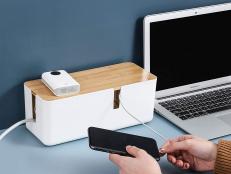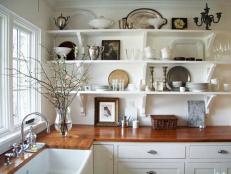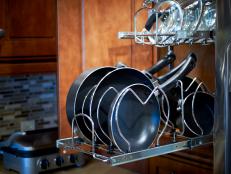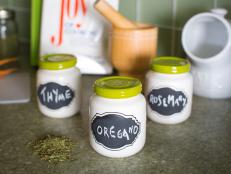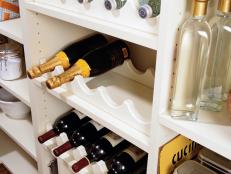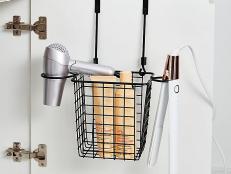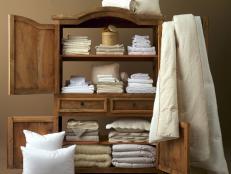Dos and Don'ts for the Kitchen Junk Drawer

Everyone has a kitchen junk drawer — just right for all the little treasures that have nowhere else to go. But when it becomes a tangle of half-empty lip balm, pencil stubs and mysterious keys, it’s time to take action.
"It can be useful to have a catch-all drawer in your kitchen for items you want to keep handy, but it’s a good idea to have at least a modicum of organization so that you can find what you need," says Janine Adams, certified professional organizer and owner of Peace of Mind Organizing in St. Louis, Mo.
Follow these steps to keep the drawer from overflowing.
Empty the drawer. Remove all the contents, set them on the countertop and sort them into categories. Take the opportunity to dust and wipe the drawer and tuck in a non-slip drawer liner.
Discard or relocate certain items. Keep in mind that centrally located kitchen drawers are best reserved for items you use frequently, need and/or like. "Remove the items that don’t belong in the prime real estate of a kitchen drawer," Adams says, "like duplicate take-out menus, expired coupons, surplus twist ties and tools that have migrated into the kitchen." Toss the obvious trash, and move the rest of the items where they belong — toiletries to the bath, tools to the garage and so on.
Add a drawer organizer. Place a simple tray or divider in the drawer to separate belongings. If your drawer is large or oddly shaped, an adjustable style comes in handy. Replace the items you want to keep, organizing them by category. "If you assign a place for each of the items in their respective categories in the drawer, you’ll be able to quickly put your hands on what you're looking for," Adams says.
Group like items. Don’t let the drawer contents become haphazard. Clip take out menus together in a small folder or binder, gather electronics chargers together in a small bag and organize unexpired coupons in a small box.
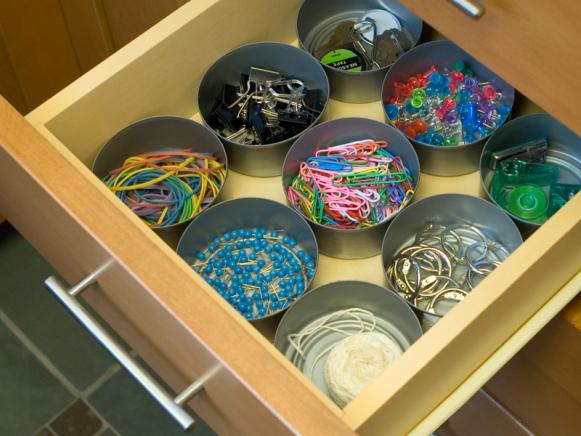
Corral tiny items. If your junk drawer holds small, easily lost items such as paper clips, pushpins, rubber bands or safety pins, add an appropriate container to hold them. Depending on drawer size, small jars, cups, muffin tins or ice cube trays can do the trick.
Know what not to store. Sort your drawer regularly, keeping it stocked with items you want to access frequently and removing those that don’t belong. While drawer contents depend on your needs, you can usually winnow out food (soy sauce and ketchup packets), broken items, junk mail, old receipts, old birthday cards, expired credit cards, coins and batteries.
Deal with overflow items. If your drawer is too full, consider adding a storage solution that serves double duty as a stylish countertop display. For instance, pens can be organized in a glass canister, and notepads can be stacked in a small bamboo basket.
Keep the drawer organized. To keep your junk drawer from getting out of control, set a reminder to clean and reorganize every so often. You can do this whenever it’s convenient — when you’re paying bills, after your weekend coffee and crossword puzzle ritual or during your regular kitchen cleanup.







